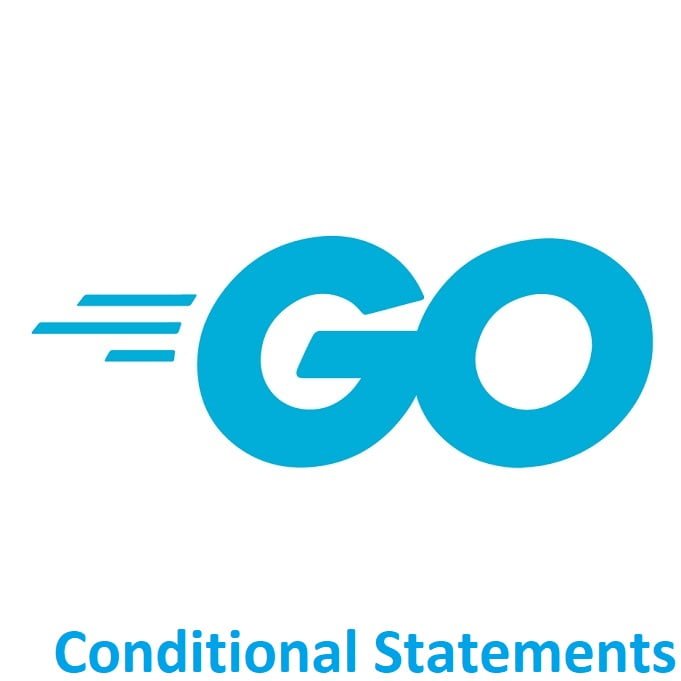
Utilizing delete to Remove Elements from Maps!
Welcome to the world of Golang! The built-in delete function, is used to remove a key-value pair from a map. Go does not however have a direct built-in method to delete an element from a slice. You generally achieve this by creating a new slice that excludes the element you want to remove.
Here’s how this can be achieved:
Deleting from a Slice:
To delete an element from a slice in Go, you can use array slicing to create a new slice that excludes the element you want to remove.
Here’s an example:
func deleteFromSlice(slice []int, index int) []int {
return append(slice[:index], slice[index+1:]...)
}
func main() {
numbers := []int{1, 2, 3, 4, 5}
indexToDelete := 2
numbers = deleteFromSlice(numbers, indexToDelete)
fmt.Println(numbers) // Output: [1 2 4 5]
}
Deleting from a Map:
To delete an entry from a map in Go, you can use the built-in delete function.
Here’s an example:
func main() {
studentGrades := map[string]int{
"Alice": 85,
"Bob": 92,
"Eve": 78,
}
delete(studentGrades, "Bob")
fmt.Println(studentGrades) // Output: map[Alice:85 Eve:78]
}
Attempting to delete a key that doesn’t exist in the map will not cause an error. It will simply have no effect.
Deleting Multiple Elements
Deleting multiple elements from a map in Go involves iterating through the map and selectively removing elements based on certain criteria.
Here’s an explanation of how to delete multiple elements from a map in Go:
Iterating Through the Map:
To delete multiple elements from a map, you typically traverse the map using a for loop, iterating through each key-value pair.
for key := range myMap {
// Check condition to delete elements
if condition {
delete(myMap, key) // Deleting elements based on a condition
}
}
Deleting Elements Based on a Condition:
Within the loop, evaluate a condition for each key-value pair. When the condition is met, use the delete function to remove the respective element from the map.
for key, value := range myMap {
// Check condition to delete elements
if condition(value) {
delete(myMap, key) // Deleting elements based on a condition
}
}
Iterating with a Range Statement:
Go offers a range statement to iterate through a map. This statement provides both the key and value for each iteration.
for key, value := range myMap {
// Your logic to decide which elements to delete
// Use delete() when the condition matches
}
Optimizing Deletion:
While iterating through the map, ensure that the deletion operation doesn’t interfere with the ongoing iteration. If you delete elements while iterating, it might cause unexpected behavior due to the modification of the map structure.
Preventing Concurrent Modifications:
To prevent concurrent modifications, consider storing the keys that need to be deleted in a separate slice while iterating. After the iteration, perform the deletion of the collected keys outside the loop to avoid interference.
Complete Example:
func deleteElements(myMap map[string]int) {
keysToDelete := make([]string, 0)
// Collect keys that meet the deletion condition
for key, value := range myMap {
if value < 0 {
keysToDelete = append(keysToDelete, key)
}
}
// Delete collected keys outside the loop to avoid concurrent modification
for _, key := range keysToDelete {
delete(myMap, key)
}
}
This approach ensures that deletion occurs only after the iteration, preventing interference with the ongoing iteration process and maintaining the integrity of the map. Adjust the condition and logic according to your specific requirements for deleting multiple elements from a map in Go.
Error Handling and Precautions
Error handling and precautions when deleting elements from a map in Go are essential to maintain code integrity and prevent unexpected behavior.
Here’s an explanation of error handling and precautions when deleting elements from a map:
Check if Key Exists Before Deletion:
It’s important to ensure that the key you want to delete actually exists in the map. Attempting to delete a non-existent key can lead to a runtime panic.
if _, ok := myMap[key]; ok {
delete(myMap, key)
} else {
// Handle the case where the key doesn't exist
}
Concurrent Map Access:
When iterating over a map and deleting elements, concurrent modifications can cause issues. To avoid this, consider collecting the keys that need deletion first and perform the deletion afterward, outside the loop.
keysToDelete := []string{}
for key, value := range myMap {
if condition {
keysToDelete = append(keysToDelete, key)
}
}
for _, key := range keysToDelete {
delete(myMap, key)
}
Handle Errors from delete:
The delete function in Go doesn’t return an error if the key doesn’t exist. Therefore, there’s no direct error handling related to deletion. However, you can check if the deletion was successful by checking if the key still exists after the attempted deletion.
key := "someKey"
if _, exists := myMap[key]; exists {
delete(myMap, key)
} else {
// Handle the case where deletion failed (if needed)
}
Prevent Concurrent Map Access:
To avoid concurrent access to the map while deleting elements, consider using locks or synchronization mechanisms (like mutexes) if the map is being accessed by multiple goroutines concurrently.
var mu sync.Mutex // Lock before accessing the map mu.Lock() delete(myMap, key) mu.Unlock()
Error Handling in Concurrent Operations:
When performing concurrent operations on a map, ensure proper synchronization to prevent race conditions and unexpected behavior. Use synchronization primitives like sync.Mutex to manage access.
By implementing these precautions and error handling measures, you can minimize unexpected behavior, prevent runtime panics, and maintain the integrity of the map when deleting elements in Go. Adjust these measures based on the specific needs and concurrency requirements of your program.
Conclusion
The delete keyword in Go offers a convenient method for removing elements from maps, facilitating efficient data management. Mastering its usage enables developers to streamline data manipulation processes. Keep in mind that the specific use case and the data structure you’re working with will dictate the appropriate approach for removing elements.
That’s All Folks!
You can find all of our Golang guides here: A Comprehensive Guide to Golang





